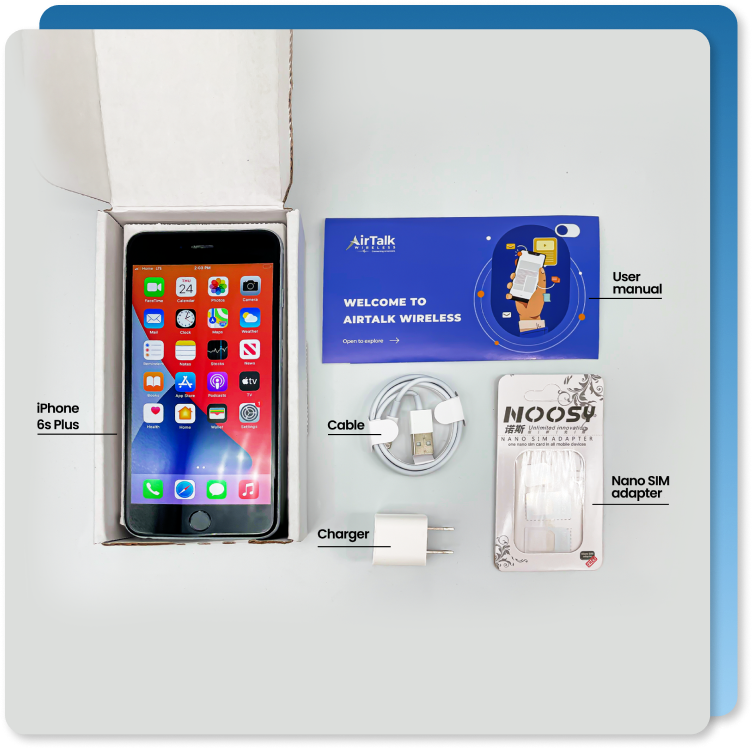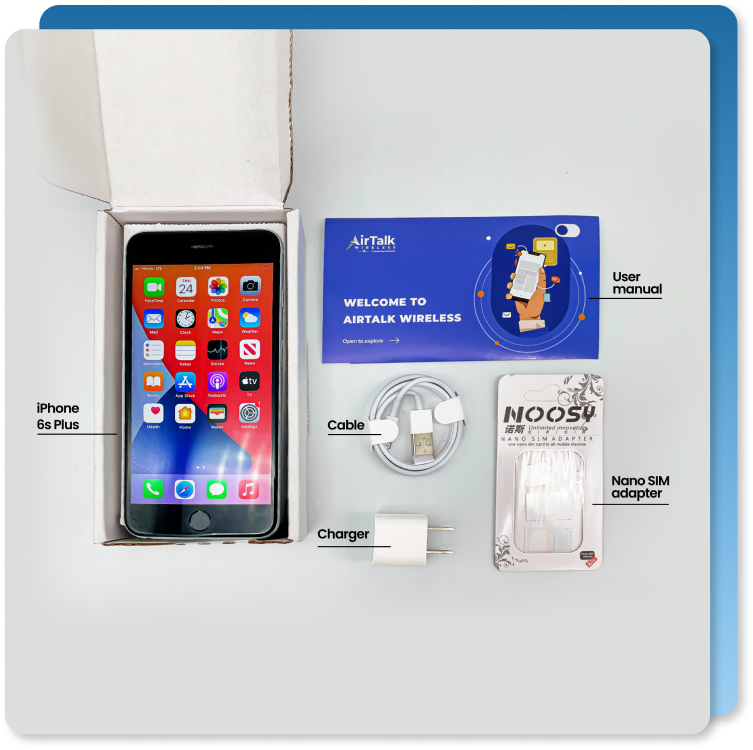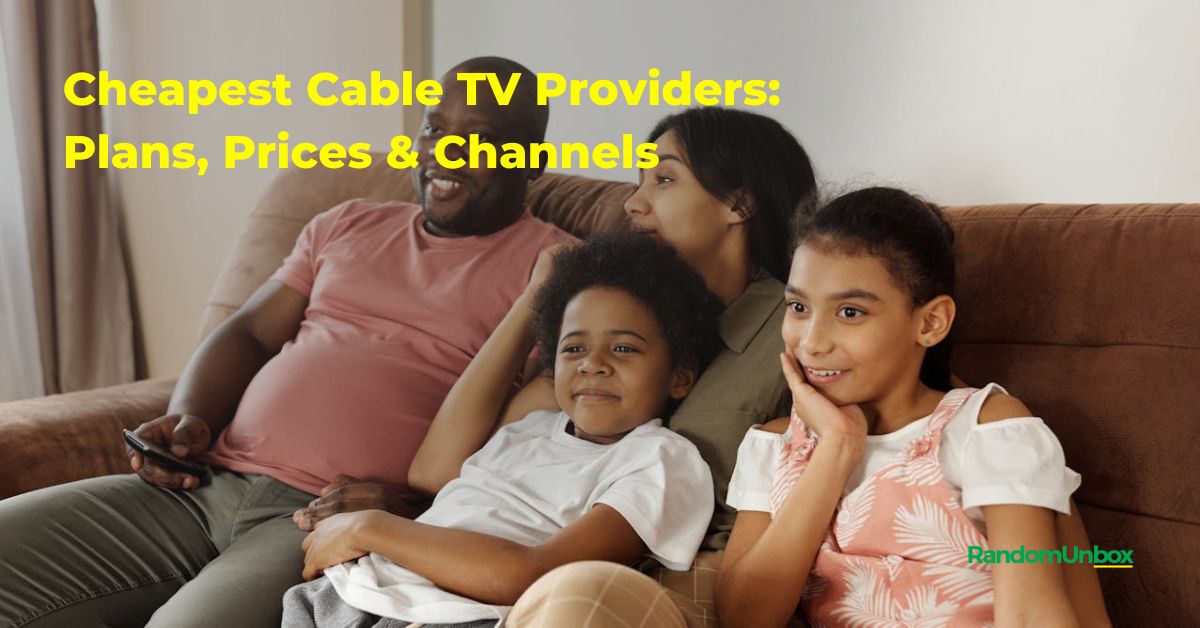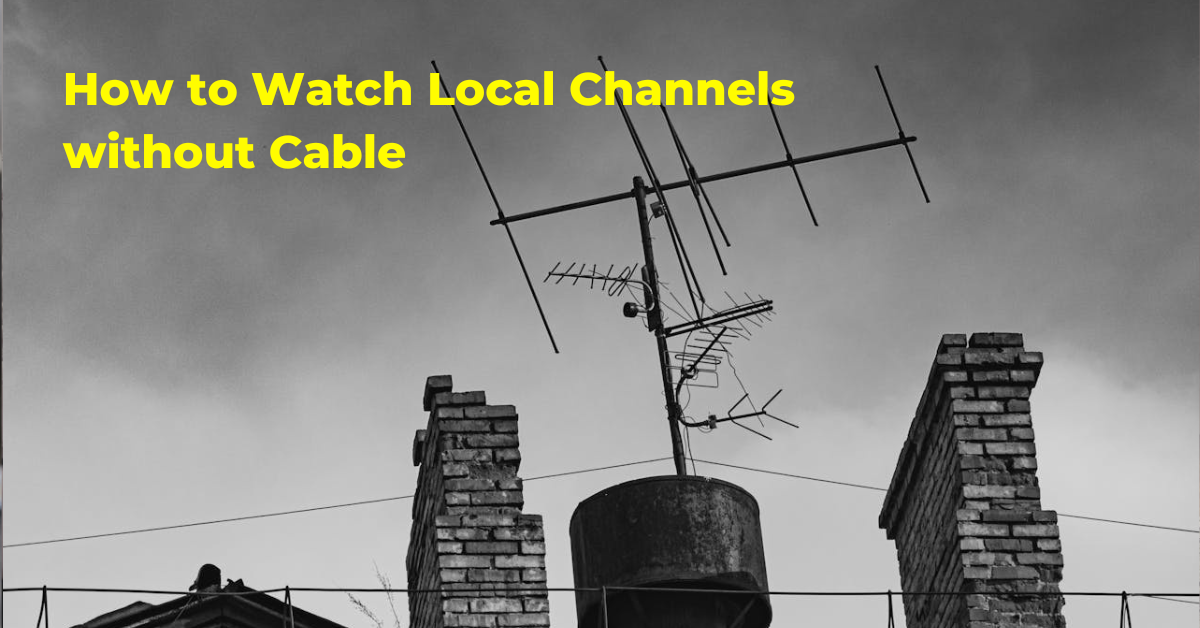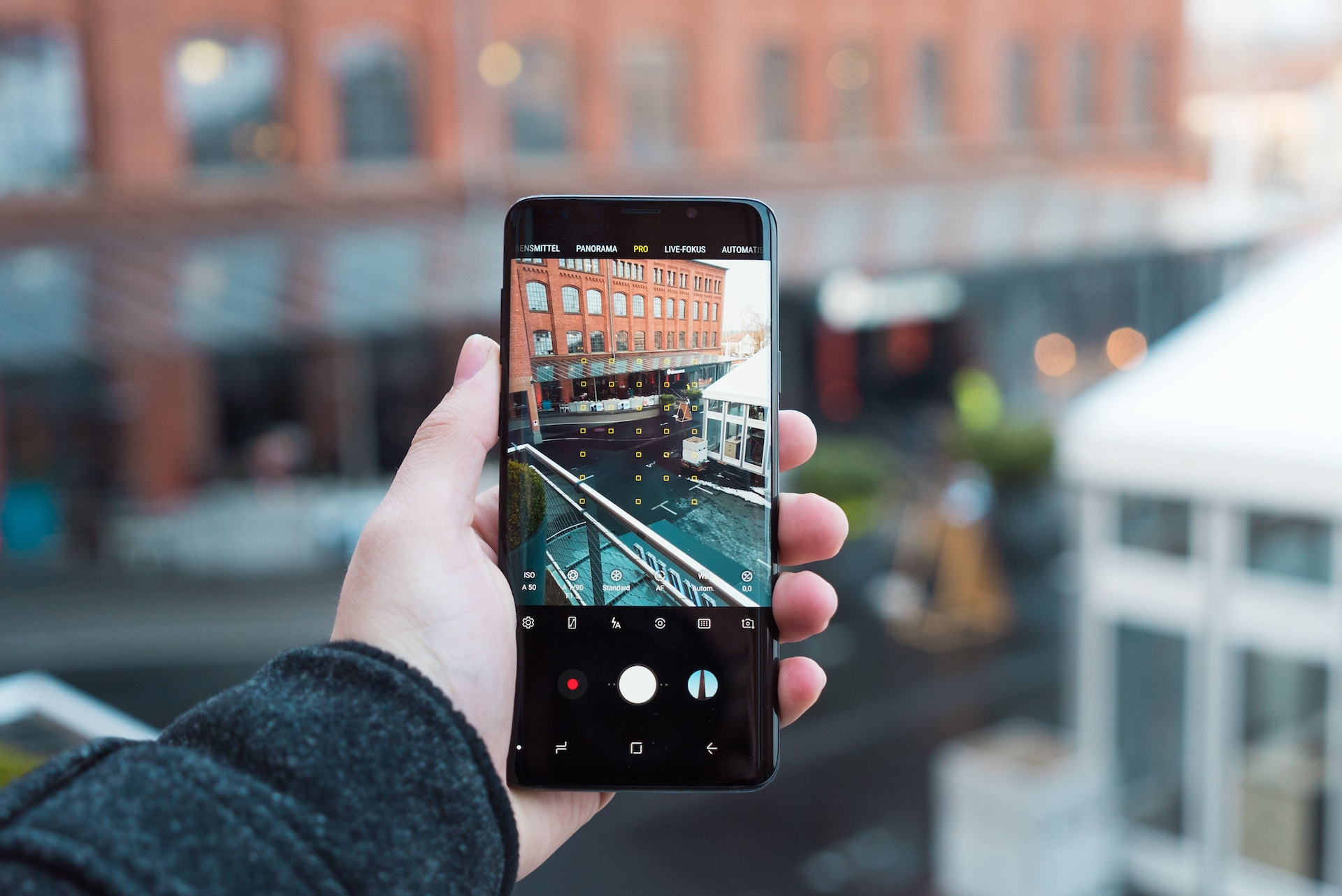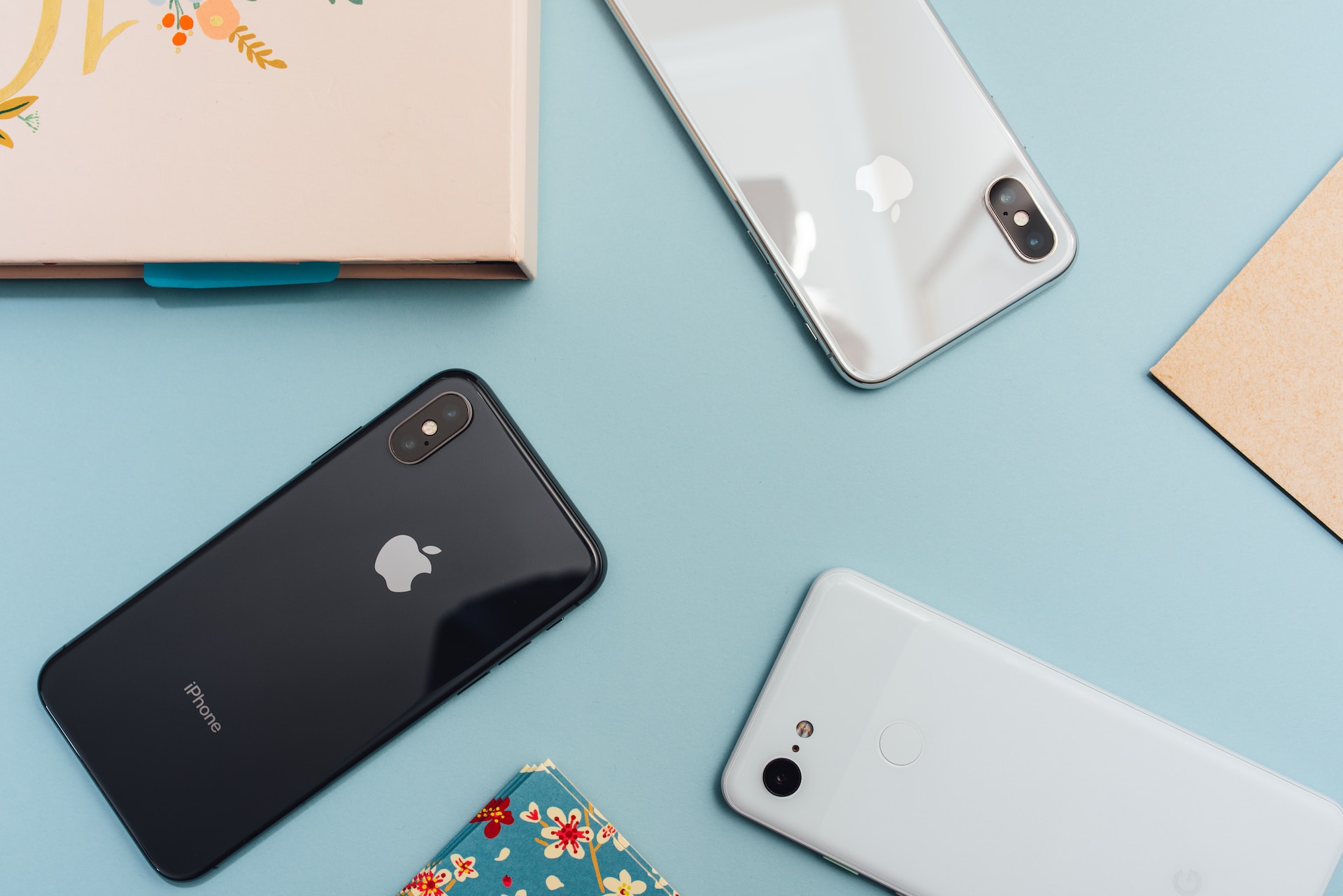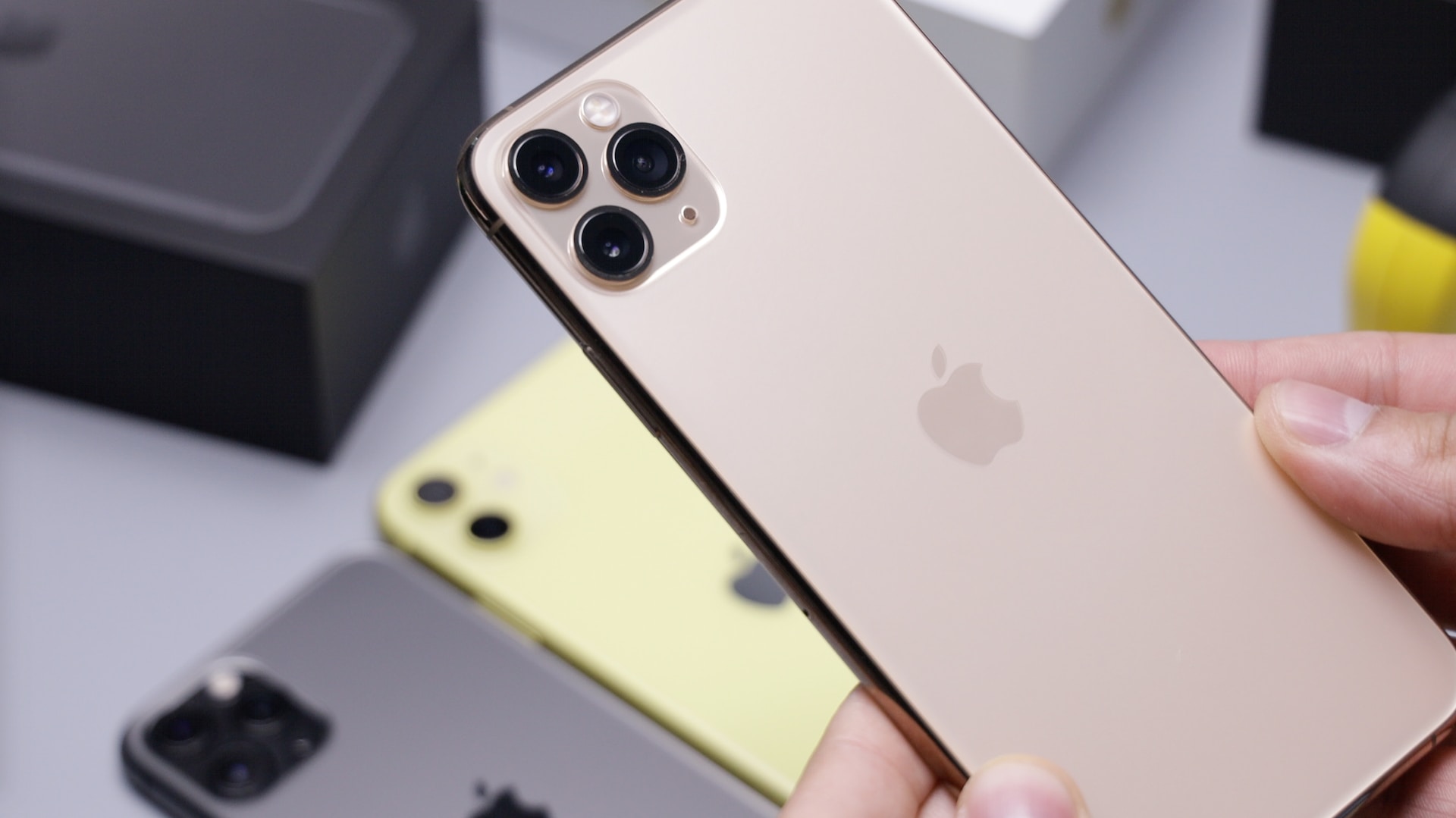It’s been a little over a year now since the free government phone program was put into effect, and there are already over six million people enrolled in the program. The program is available to anyone who meets certain income requirements and provides a free cell phone with minutes each month.
The phone program has been a godsend for many people who wouldn’t otherwise be able to afford a phone. It’s been a lifeline for people who live in remote areas, or who have unreliable transportation and can’t always get to a phone. It’s been a safety net for people who don’t have any other way to stay in touch with their family and friends.
What is a free phone program?
If you are struggling to afford a cell phone and a monthly plan, you may be eligible for a free phone program that can provide you with a device and service at no cost. A free phone program is a government-sponsored initiative that aims to help low-income households stay connected and access essential services such as health care, education, employment, and emergency assistance.
What is the Lifeline Assistance program?
The Lifeline Assistance program is a federal program that was created in 1985 to provide discounted phone service to eligible consumers.
The program is funded by the Universal Service Fund, which is supported by fees collected from telecommunications companies. The Lifeline Assistance program offers a monthly discount of $9.25 on either wireless or wireline service for qualifying customers.
What is the Affordable Connectivity Program (ACP)?
The Affordable Connectivity Program (ACP) is a temporary federal program that was established in 2021 to help low-income households afford broadband internet service during the COVID-19 pandemic.
The ACP offers an additional monthly discount of $30 on wireless service or $75 on wireline service for qualifying customers. The ACP also provides a one-time device subsidy of up to $100 for eligible consumers who purchase a laptop, desktop computer, or tablet from a participating provider.
How do I qualify for a free phone program?
To qualify for a free phone program, you must meet certain income or participation criteria. You can qualify based on your household income if it is at or below 135% of the Federal Poverty Guidelines. For example, if you are a single person living alone, you can qualify if you make less than $17,388 per year. For each additional person in your household, you can add $6,096 to your income limit.
You can also qualify based on your participation in certain government benefit programs. If you are already enrolled in any of the following programs, you are automatically eligible for a free phone program:
- Supplemental Nutrition Assistance Program (SNAP)
- Supplemental Security Income (SSI)
- Medicaid
- Federal Public Housing Assistance
- Tribal-specific programs: Bureau of Indian Affairs General Assistance, Tribally-Administered Temporary Assistance for Needy Families (TTANF), Food Distribution Program on Indian Reservations (FDPIR), Head Start
How do I apply for a free phone program?
To apply for a free phone program, you need to submit proof of your income or participation in a government benefit program. You can do this by providing pay stubs, W-2 forms, letters from agencies, or other documents that verify your eligibility. You can apply online through the National Verifier website or through a participating carrier’s website. You can also apply by mail or in person at a designated location.
Which carriers offer free phone program?
There are many carriers that offer free phone program through the Lifeline Assistance program and the ACP. Some of the carriers that participate in these programs are:
- Assist Wireless
- Assurance Wireless
- Cintex Wireless
- Copper Valley Wireless
- Easy Wireless
- enTouch Wireless
- FeelSafe Wireless
- GCI
- Infiniti Mobile
- Life Wireless
- NewPhone Wireless
- Q Link Wireless
- Safelink Wireless
- SafetyNet Wireless
- Sprocket Wireless
- StandUp Wireless
- Tag Mobile
Each carrier has its own plans, devices, and features that vary depending on your location and availability. Some carriers may offer unlimited data, talk, and text, while others may have limited allowances or charge extra fees. Some carriers may provide smartphones or tablets, while others may only offer basic phones or require you to bring your own device.
Airtalk Wireless Free Phone Program
The Airtalk Wireless Free Phone Program is a great option for individuals who are looking for a cellular service that doesn’t require a contract or a high monthly bill. Airtalk is a Prepaid Phone company that offers a free phone to qualified low income families. The Airtalk program is available to families who meet the following criteria:
1. Must have at least one child under the age of 18 living at home
2. Must be receiving government assistance such as food stamps, Medicaid, or SSI
3. Must have a household income below a certain level
Airtalk is one of several companies that offer free cell phones to low income families. The Airtalk program is a great way for families to save money on their phone bills. Airtalk Wireless gives out free iPhone 7, Galaxy S8, LG G7 ThinQ, and other smartphones with
FREE Unlimited High-Speed Data, FREE Unlimited Minutes, FREE Unlimited Picture Messaging and Texting; and the cellphone gets delivered free to your address.
Why is the Free Phone Program by Airtalk Wireless Free?
There are many government assistance programs that offer free or reduced-cost services to eligible households. Airtalk wireless offers a Free Phone Program as part of the Lifeline & Affordable Connectivity Programs.
These programs are operated by the FCC and funded by the U.S. government. Some of the services that may be offered include free or reduced-cost data, talk, text, and other communication services.
Free Smartphone Program Eligibility
- Participate in a government assistance program to be eligible.
- Supplemental Nutritional Assistance Program (SNAP)/CalFresh
- Special Supplemental Nutritional Program for Women, Infants, and Children (WIC)
- Federal Public Housing Assistance or Section 8
- Supplemental Security Income (SSI)
- Medicaid/Medi-Cal
- Income Qualification
- There are a number of eligibility requirements for receiving a free smartphone. In order to be eligible, your household income must be at or below 200% of the Federal Poverty Guideline. Additionally, you must be a U.S. citizen or legal permanent resident, have a valid U.S. mailing address, and be at least 18 years of age. If you meet all of these requirements, you can apply for a free smartphone.
- Once you have applied and been approved for a free smartphone, you will be able to choose from a variety of different models. smartphones, depending on your needs and preferences. You can also choose to add on additional features, such as unlimited data or international calling, for an additional fee.
How do I compare different carriers?
To compare different carriers and find the best one for your needs, you should consider several factors such as:
- Coverage: Check if the carrier has reliable network coverage in your area and where you travel frequently.
- Plan: Compare the monthly data, talk, and text allowances and prices of different plans. Also check if there are any hidden fees or charges for overages or roaming.
- Device: Compare the models and features of different devices offered by different carriers. Also check if you can bring your own device or if you have to purchase one from the carrier.
- Customer service: Check if the carrier has good customer service and support options. Also check if there are any complaints or reviews from other customers about their experience with the carrier.
How do I choose the best carrier for my needs?
To choose the best carrier for your needs, you should first determine your budget and preferences. Then you should research different carriers and compare their plans, devices, and features. You can use online tools such as WhistleOut or Life Wireless to compare different carriers and find the best deals. You can also ask for recommendations from friends or family who use free phone program or visit local stores or offices of different carriers to get more information.
How to use your free phone effectively?
Once you have received your free phone and activated your service, you should make sure that you use it effectively and responsibly. Here are some tips on how to use your free phone effectively:
How do I manage my data usage?
If your plan has a limited data allowance, you should monitor your data usage and avoid exceeding it. You can check your data usage by logging into your account online or by calling your carrier’s customer service number. You can also use apps such as My Data Manager or Data Usage Monitor to track your data usage on your device.
To reduce your data usage, you can:
- Use Wi-Fi whenever possible instead of cellular data.
- Turn off background data for apps that you don’t use frequently or that consume a lot of data.
- Adjust your app settings to limit data usage such as streaming quality, auto-play videos, sync frequency, etc.
- Download content such as music, podcasts, videos, etc. when connected to Wi-Fi and listen or watch them offline later.
- Use data-saving modes or browsers such as Chrome Lite Mode or Opera Mini.
How do I optimize my phone’s performance and battery life?
If your phone is slow or drains battery quickly, you can optimize its performance and battery life by following these steps:
- Update your device software regularly to fix bugs and improve security.
- Delete unused apps and files that take up space and memory on your device.
- Clear cache and cookies from your browser and apps to free up storage and speed up loading time.
- Close apps that run in the background when not in use to save battery and CPU power.
- Adjust your screen brightness and timeout settings to reduce battery consumption.
- Turn off Bluetooth, GPS, Wi-Fi, mobile data, etc. when not needed to save battery and avoid interference.
- Use power-saving modes or apps such as Battery Saver or Greenify to extend battery life.
How do I protect my phone from theft, loss, or damage?
Your phone is an important asset that helps you stay connected and access essential services. Therefore, you should protect it from theft, loss, or damage by taking these precautions:
- Lock your device with a password, PIN code, pattern lock, fingerprint scan, face recognition, etc.
- Enable Find My Device or similar features on your device to locate it remotely if lost or stolen.
- Backup your data regularly to cloud storage or external devices such as SD cards or USB drives.
- Install antivirus software or apps such as Avast Mobile Security or Malwarebytes Security to protect your device from viruses and malware.
- Use a screen protector and a case to prevent scratches and cracks on your device.
- Avoid exposing your device to extreme temperatures, moisture, dust, dirt, etc.
- Handle your device with care and avoid dropping it or placing it near magnets or metal objects.
What will you receive from free phone program?
From free phone program, you will receive a device and a monthly service plan at no cost. The device may be a smartphone or a tablet, depending on the carrier and availability. The service plan may include unlimited or limited data, talk, and text, depending on the carrier and your eligibility. You will also receive a one-time device subsidy of up to $100 if you purchase a laptop, desktop computer, or tablet from a participating provider.
What you’ll get from Airtalk Wireless Free Phone Program
- Free LTE 4G/5G Smartphone
- iPhone7
- Galaxy S8
- GalaxyA20
- Google Pixel 3A
- Free Unlimited Plan
- You get free shipping
Why you should choose AirTalk Wireless
- Airtalk offers the best free phones
- A leading FCC-Licensed Lifeline & ACP Service Provider
- Nationwide Coverage
How to Apply to AirTalk Wireless Free Phone Program
- Apply Online
- Processing
- Phone Shipping
How to Get a Free Phone Through Government Assistance Programs
Are you in need of a new phone but don’t have the financial means to purchase one? Did you know that there are government assistance programs that can help you get a free phone?
Lifeline Assistance Program
The Lifeline Assistance program is a government-funded program that provides free or discounted phone and internet services to low-income individuals and families. To qualify for the program, you must be a participating member of one of the following:
- Medicaid
- Supplemental Nutrition Assistance Program (SNAP)
- Supplemental Security Income (SSI)
- Federal Public Housing Assistance (FPHA)
- Veterans Pension and Survivors Benefit
- Bureau of Indian Affairs General Assistance
- Tribally Administered Temporary Assistance for Needy Families (TTANF)
In addition to meeting one of the above qualifications, you must also have an income that is at or below 135% of the federal poverty guidelines.
How to Apply for the Lifeline Assistance Program
To apply for the Lifeline Assistance program, you will need to contact a participating provider in your state. You can find a list of participating providers on the Universal Service Administrative Company (USAC) website.
When you contact the provider, you will need to provide proof of your income and participation in one of the qualifying programs listed above. Once your application is approved, you will be able to choose a free phone and plan that works for you.
Other Government Assistance Programs
In addition to the Lifeline Assistance program, there are other government assistance programs that can help you get a free phone. These programs may vary by state, so it is best to check your state’s government website for more information.
One such program is the Emergency Telecommunications Service (ETS) program, which provides free phone services to individuals who are experiencing a temporary hardship, such as a natural disaster or job loss.
Another program is the Wireless Reach program, which is a partnership between wireless providers and the government to provide free phones and services to low-income individuals and families.
Conclusion
Getting a free phone through a government assistance program is a great way to stay connected while saving money. By taking advantage of the Lifeline Assistance program or other programs available in your state, you can get the phone and services you need to stay connected to loved ones and access important information. Be sure to check with your state’s government website for more information on available programs and how to apply.
Frequently asked questions about free phone program
Here are some of the common questions that people have about free phone program:
Can I switch carriers if I am not satisfied with my current one?
Yes, you can switch carriers at any time if you are not satisfied with your current one. However, you may have to pay an early termination fee if you have signed a contract with your current carrier. You may also have to return your device if it was provided by your current carrier.
How long does the ACP last and when will it end?
The ACP is a temporary program that will last until the funds are exhausted or until six months after the end of the COVID-19 public health emergency, whichever is sooner. The exact date of the end of the program is not known yet, but you will be notified by your carrier before it ends.
What happens to my service and device after the ACP ends?
After the ACP ends, you can choose to continue your service with your carrier at their regular rates or switch to another carrier. You can also keep your device if you paid at least $10 towards it or if you received it for free from your carrier. However, you may have to unlock your device if you want to use it with another carrier.
Can I transfer my Lifeline benefit to another person?
No, you cannot transfer your Lifeline benefit to another person. The Lifeline benefit is non-transferable and is limited to one per household. If you no longer need or qualify for the Lifeline benefit, you must de-enroll from the program and notify your carrier.
How often do I have to recertify my eligibility for the Lifeline program?
You have to recertify your eligibility for the Lifeline program every year. You will receive a notice from your carrier or the National Verifier when it is time to recertify. You must respond to the notice and provide any required documentation within 60 days or you will lose your Lifeline benefit.
What if I move to a different address or change my contact information?
If you move to a different address or change your contact information, you must update your information with your carrier and the National Verifier within 30 days. You can update your information online, by phone, by mail, or in person. You may also have to re-verify your eligibility if you move to a different state or tribal area.


